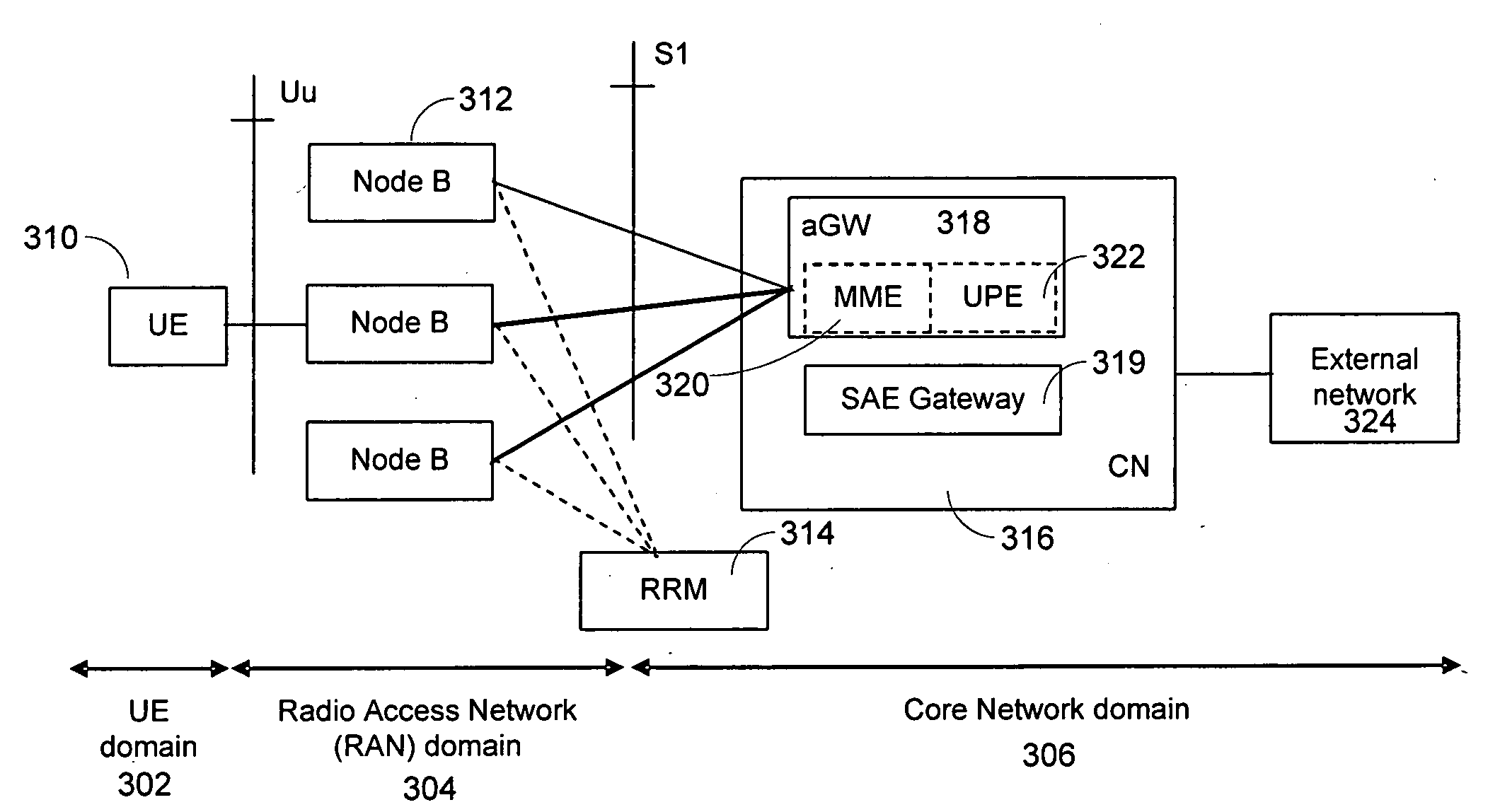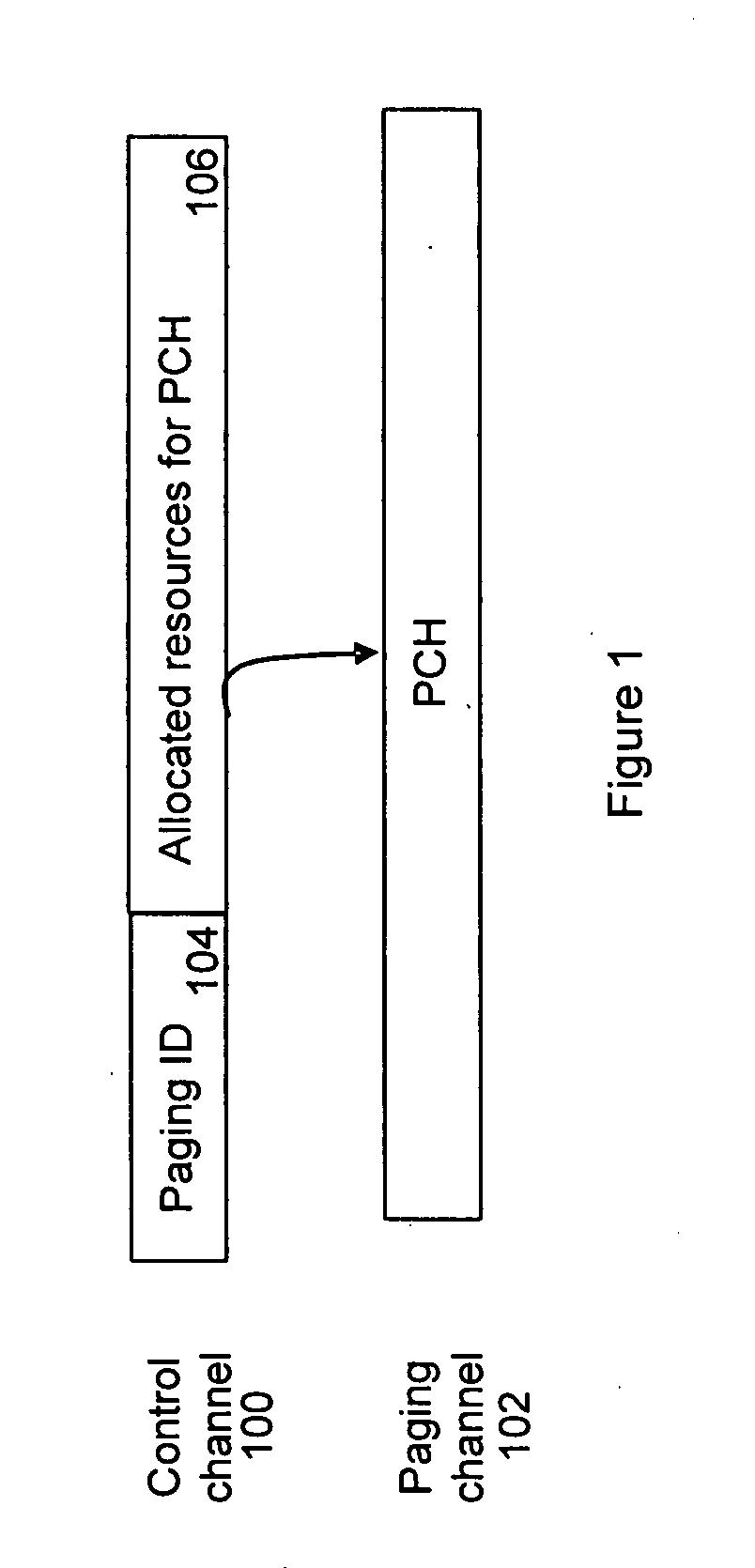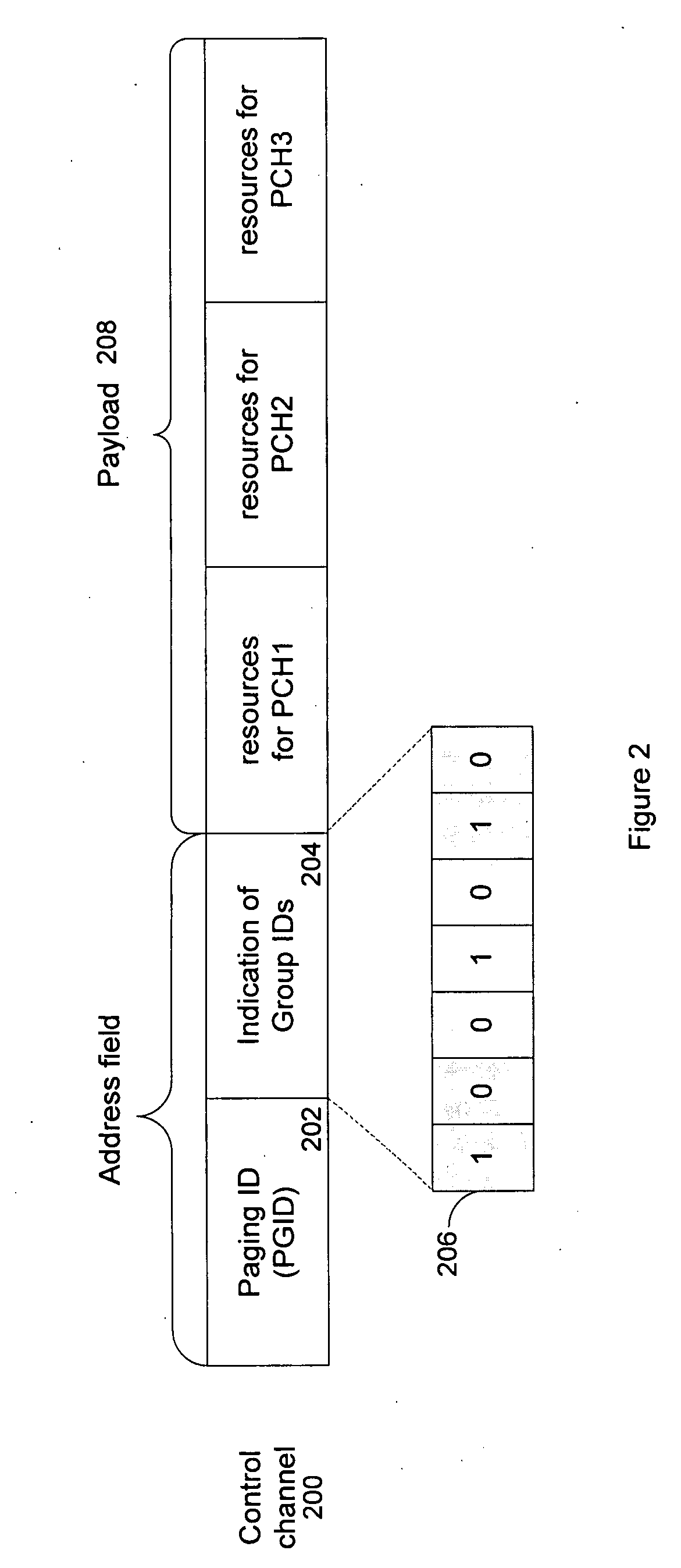Hierarchical organization of paging groups
- Summary
- Abstract
- Description
- Claims
- Application Information
AI Technical Summary
Benefits of technology
Problems solved by technology
Method used
Image
Examples
Embodiment Construction
[0046]FIG. 3 illustrates an example of a cellular communication system according to embodiments of the invention. The network includes a user equipment (UE) domain 302, a radio access network (RAN) domain, and a core network domain 306. The UE domain includes user equipment 310 that communicate with at least one base station (e.g., Node B) 312 in the RAN domain via a wireless interface. The RAN domain may also include a network controller (e.g., radio network controller) (not shown), such as that used in UMTS systems. Alternatively, such functionality may be distributed between the Node Bs 3012 and an access gateway (aGW) 318 or other controller in the core network. The figure also illustrates an optional radio resource manager (RRM) 314. The RRM 314 may perform functions otherwise performed by the Node Bs or aGW in some embodiments.
[0047]The core network (CN) 316 includes, in this example, an aGW 318 and a system architecture evolution (SAE) gateway 319. The aGW 318 may include a M...
PUM
 Login to View More
Login to View More Abstract
Description
Claims
Application Information
 Login to View More
Login to View More - R&D
- Intellectual Property
- Life Sciences
- Materials
- Tech Scout
- Unparalleled Data Quality
- Higher Quality Content
- 60% Fewer Hallucinations
Browse by: Latest US Patents, China's latest patents, Technical Efficacy Thesaurus, Application Domain, Technology Topic, Popular Technical Reports.
© 2025 PatSnap. All rights reserved.Legal|Privacy policy|Modern Slavery Act Transparency Statement|Sitemap|About US| Contact US: help@patsnap.com



